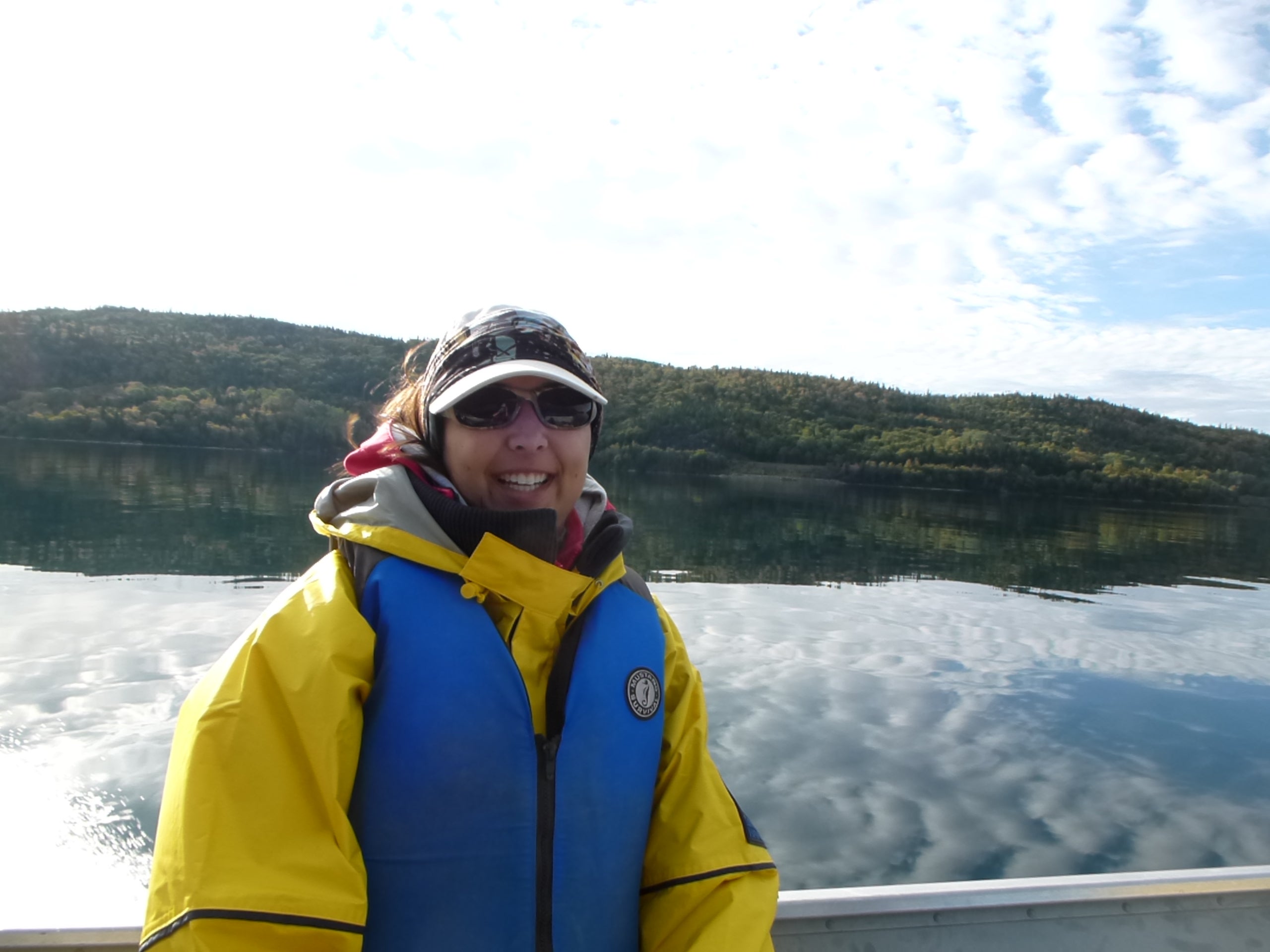Supervisors
Drs. Mark Servos (UW) and Mark McMaster (Environment Canada)
Project
Using stable isotopes to distinguish different populations of white suckers (Catostomus commersonii) that have been impacted by a pulp and paper mill on Lake Superior.
Research Interests
I am interested in bioaccumulation of anthropogenic contaminants in wildlife. For over twenty years research has been conducted on the currently closed pulp and paper mill in Terrace Bay to determine its impact on wild fish populations. White sucker has been used as a sentinel species to evaluate effects of the mill effluent since they have a localized range. Sampling occurred during the white suckers’ migration to upstream lakes for spawning because it was efficient to catch fish as they concentrated up small tributaries.
However, more than one population of fish may have migrated up the same tributary, which means unimpacted fish may have been sampled and mislead the results of restoration. Using stable isotopes of carbon and nitrogen to distinguish different food webs from the impacted and reference sites may serve as an indicator to determine if the fish are impacted or not. Radio and acoustic tracking may be used as well to confirm the migratory paths of the white suckers. This is particularly important since the closed pulp and paper mill is being re-opened as a rayon mill and may reintroduce biologically active chemicals to Lake Superior.
Questions include:
- Where do the fish reside after spawning?
- What is the exposure variability in white suckers and the natural variability?
- Why do some impacts persist at the exposure site after shutdown?
